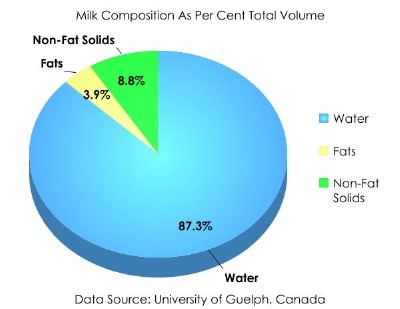The difference between fermentors and bioreactors is bioreactors and fermentors are the same. we will cover in this lesson
What is a fermenter?
The fermenter is a special bioreactor. Thus, it performs only fermentation reactions. Fermentation is the process of producing acids and alcohol from sugar sources under anaerobic conditions. Most industries, such as the wine industry, commonly use the fermentation of sugars to produce lactic acid and ethanol. Fermenters, therefore, use microbial sources that can ferment.
It contains fungi such as Saccharomyces cerevisiae and bacteria such as Acetobacter.
Fermentation takes place under anaerobic conditions and under the adjustment of the temperature and pH value of the system. The fermenter therefore has an inlet and outlet, respectively, to add raw materials and to subtract the product.
Within the fermenters, two main types of fermentation can be carried out , such as;
a) submerged fermentation
b) and surface fermentation.
Accordingly, submerged fermentation in which cells are immersed in the medium, and surface fermentation, in which microbial cultures are loosely located on the surface of the fermenter medium.
What is a bioreactor?
Bioreactor: are closed tanks in which organisms are developed for the production of organisms or products by controlled methods or, in some special cases, specific reactions are carried out. The bioreactor must have conditions such as pH, oxygen, salt substrate supply that will guarantee cell enumeration and growth, that is, metabolic production. it has the ability to process and facilitate not only fermentation but all kinds of biochemical reactions. Therefore, these bioreactors are important in various cell culturing techniques to facilitate cellular growth. The cells that grow inside bioreactors can range from single-celled microorganisms to multicellular plant and animal cells.
At the end of the process, the desired products can be easily extracted or separated. Therefore, these bioreactors are routinely used in industries to produce secondary metabolites such as pharmaceuticals, vitamins, and proteins. Suitable physical conditions to facilitate the maximum growth and efficient production of nutrients and other media components in a bioreactor system and metabolites in a bioreactor should be optimized.
Summary: The main difference between the bioreactor and the fermenter is the type of biochemical reaction that takes place inside closed containers. A bioreactor performs all kinds of biochemical reactions, i.e. bioprocesses, but a fermenter only performs the fermentation.
Bioprocessing: They are processes for making large-scale productions using biological or materials of biological origin. This is where its superiority over chemical processes is concerned. Intracellular components such as the microorganism itself or an enzyme are used. At the same time, antibiotics, vitamins, enzymes, etc. complex molecules can only be produced through bioprocesses.
PROPERTIES REQUIRED IN FERMENTERS AND BIOREACTORS
1. It should be sterilizable, with bodies and parts suitable for sterile operation
2. Ensure proper mixing of homogeneous and flowing substances for oxygen (for the bioreactor) and heat transfer
3. Sterile additives should include appropriate inputs and additive systems.
4. It should be equipped with control tools.
5. Simple to use and maintain
6. Changing processes must be measurable











